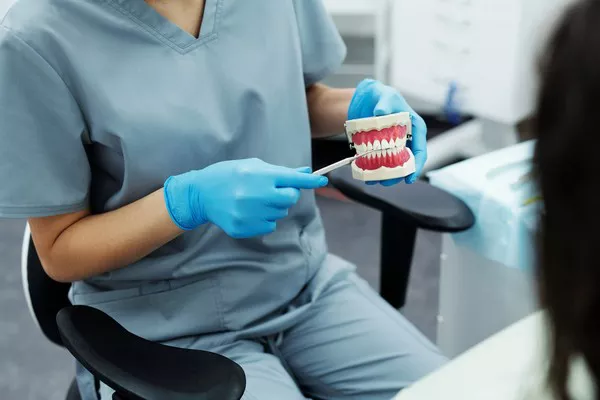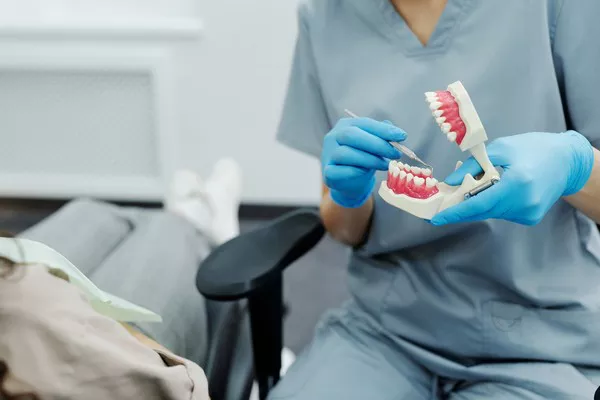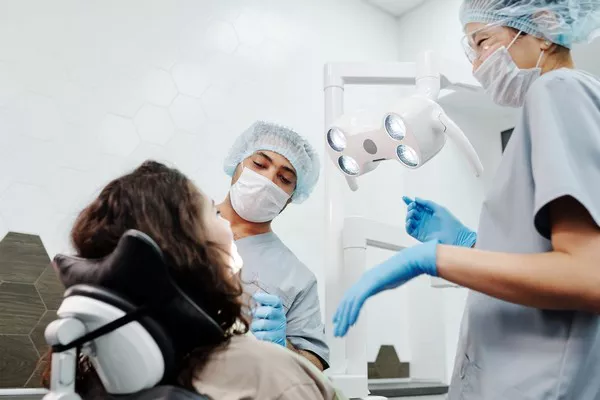Dental implants have revolutionized the field of dentistry, providing a reliable and aesthetically pleasing solution for replacing missing teeth. However, many patients who require dental implants wonder how long they must wait after a tooth extraction before receiving an implant. This article aims to provide a comprehensive guide on the ideal timing for dental implants after tooth extraction, considering various factors that influence the healing process.
The Importance of Tooth Extraction Healing
To understand the ideal timing for dental implants, it is crucial to recognize the significance of proper tooth extraction healing. Following a tooth extraction, the socket undergoes a complex healing process known as osseointegration. This involves the formation of new bone tissue in the extraction site, ensuring a stable foundation for the implant.
Immediate vs. Delayed Implant Placement
Immediate implant placement refers to the insertion of an implant immediately after tooth extraction, while delayed implant placement involves waiting for the socket to heal before placing the implant. The choice between these approaches depends on several factors, including the quality of the remaining bone, presence of infection or disease, and patient-specific considerations.
Factors Influencing Healing Time
Several factors can influence the healing time required before dental implant placement. These factors include the location of the extracted tooth, the extent of bone loss, the patient’s overall health, the presence of infection or periodontal disease, and the type of extraction performed (simple or surgical). Each case is unique, and consultation with a dental professional is essential to determine the optimal healing period.
Healing Timeline Guidelines
While there is no one-size-fits-all answer to the question of when to get an implant after tooth extraction, general guidelines can help patients understand the estimated healing timeline. For simple tooth extractions without complications, a healing period of three to six months is typically recommended before implant placement. In cases involving surgical extractions or bone grafting procedures, the healing time may be extended to six to twelve months.
Preparing for Dental Implant Placement
During the healing period, patients can take several steps to prepare for successful dental implant placement. These include maintaining good oral hygiene practices, avoiding smoking and tobacco products, following a nutritious diet, managing any underlying medical conditions, and adhering to post-operative care instructions provided by the dental professional.
Conclusion
The ideal timing for dental implant placement after tooth extraction varies depending on individual patient factors. While immediate implant placement may be suitable in some cases, delayed implant placement with an appropriate healing period is often recommended to ensure optimal outcomes. Collaboration between the patient and dental professional is crucial in determining the most suitable timing for dental implant placement. By considering factors such as healing time, bone quality, general health, and the specific needs of the patient, dental professionals can provide personalized treatment plans that deliver long-lasting and aesthetically pleasing results.
Remember, it’s essential to consult with a qualified dental professional who can assess your unique situation and provide you with the most accurate guidance regarding the ideal timing for dental implants after tooth extraction.
Related Topics:





























